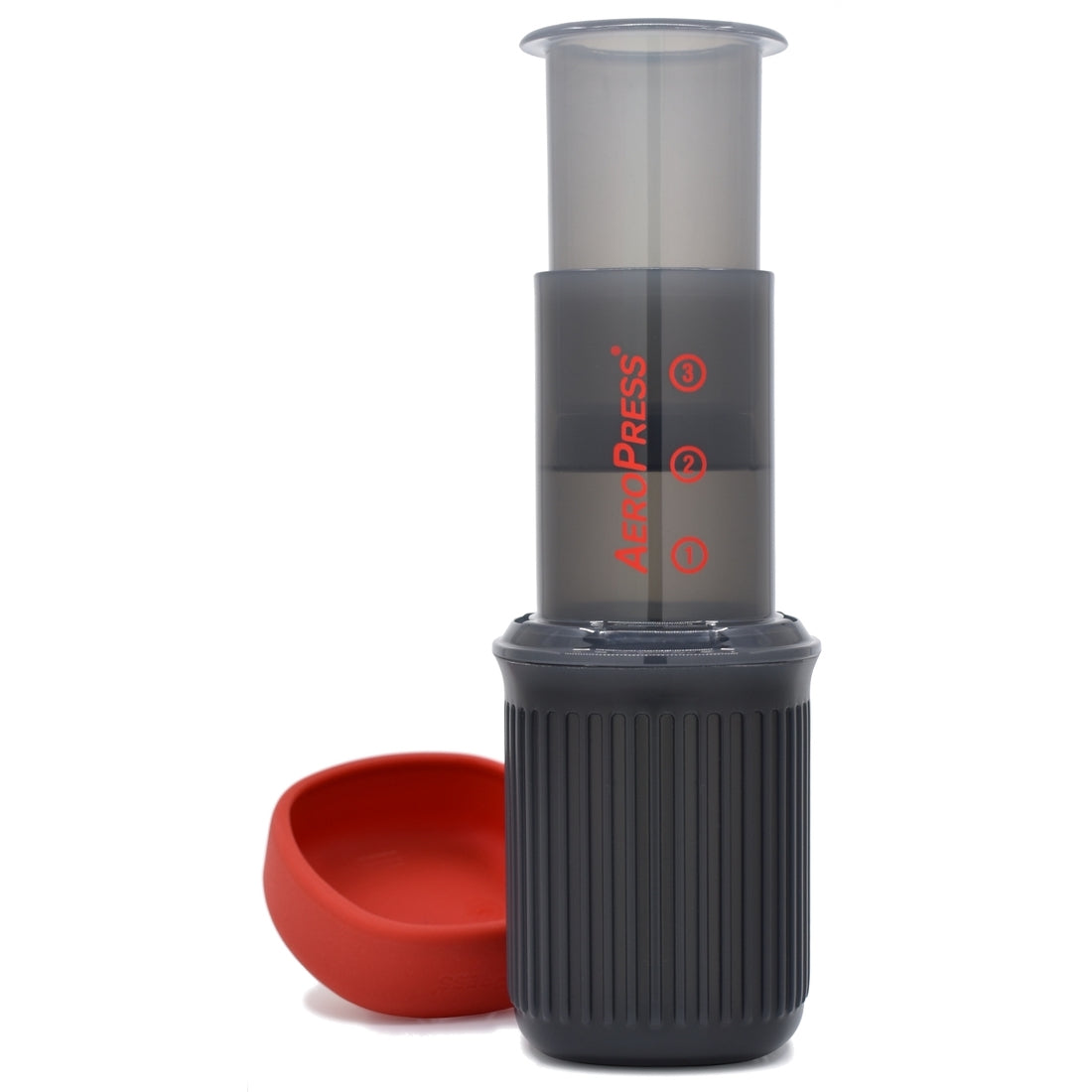What exactly are you consuming when you drink water directly from the faucet?
The studies are baffling when it comes to the great amount of synthetic chemicals that are intentionally and unintentionally secreted into municipal water supplies. It is startling to think about the amount of chemicals and the negative health effect these compounds can have on your body, your mental health, and your pets.
We will walk you through the many components of keeping your family safe from the harmful effects of chemicals in public drinking water.
The Top Questions That Come To Mind:
- What types of water filters work the best?
- What chemicals are found in tap water?
- How can I reduce the consumption of chemicals found in tap water?
- What are the purpose of integrated chemicals in tap water?
Binchotan Charcoal
One great solution to reduce water contamination and reduce the amount of harmful contaminates in water, is Charcoal. A solution that has been around for centuries, is infusing your water with Binchotan charcoal. The many benefits of Binchotan charcoal have long been appreciated by traditional Japanese herbalists. This method of water purification has more recently made its way into Western civilization. More and more people are realizing the proven benefits charcoal can have on your health.
One of the best things charcoal can do, is to purify your drinking water. It works by eliminating or absorbing toxic carbon based chemicals commonly found in municipal tap water such as chlorine. When the chemicals are eliminated from drinking water, many have reported better tasting water, and a general feeling of improved hydration and health, after the water has been treated with charcoal.

Other home filtration systems include:
- Sediment Filtration
- Granular Activated Carbon (GAC) Filtration
- Reverse Osmosis (RO) Filtration
- Distillation
- Ion-Exchange (IX)
- Ultraviolet (UV) Disinfection
- Ultrafiltration (UF)
- Activated Alumina (AA) Filtration
- Ionization
Some of the many harmful chemicals that can be found in public drinking water include, and are not limited to the following:
CHLORINE
Chlorine is a powerful oxidant added to the water by several municipal water systems to control bacteria. Chlorine is able to be absorbed through consumption and through your skin through contact.
CHLORAMINES
Chloramines are formed when ammonia is added to water that contains chlorine. Chlorine and chloramine, when combined with tap water, form cancer causing byproducts - called disinfectant byproducts (DBP’S).
LEAD
Lead is a highly toxic metal that can cause severe damage to health even at low doses. Corrosion of residential plumbing systems and erosion of natural wells are major sources of lead pollution in public drinking water. There is a direct correlation to the time the water is exposed to the contaminated pipes to the amount of lead that can be found in drinking water. Lead contamination has proven to be a major issue in older residences where the pipes are old, and may have been manufactured with lead long before certain health regulations were implemented into pipe construction.
MERCURY
Mercury is a liquid metal that can be found in various bodies of water. Erosion, discharge from refineries & factories, and landfill runoff are examples of few ways that mercury can get into public drinking water. Being exposed to mercury over time can cause severe health problems and kidney failure.
HERBICIDES
Herbicides enter the drinking water system by leaching into public soil and water sources. They will commonly enter the water system from rainfall and irrigation which spread herbicides off farmlands and into lakes and rivers.
PHARMACEUTICALS
Pharmaceuticals are man-made, synthetic chemicals that can be found in prescription or therapeutic medication. They commonly make it into the water stream from manufacturing facilities and improper disposal.
Your body was not made to consume the increasing amounts of heavy metals, chlorine, Fluoride that are found within tap water. It it always advisable to limit consumption of drinking water that has not been filtered or purified. Doing so will effectively improve your health and has proven benefits towards lowering your risks of certain types of cancer, kidney failure, cognitive decline, memory problems, depression, and ADHD.
The Solution:
Although there is no perfect solution to water purification there are many cost effective solutions that you may find on the market today that involve utilizing activated charcoal as seen with the Brita or Pur Brand water filter systems. These can easily be placed in your home and require the filters to be changed every 3 months or so depending on how many gallons of water you filter each day.
The Drawback:
The drawback with using these Brita/Pur home filters is the vast amount of plastic waste that they create. They are also not a good solution if you travel a lot, and are away from home forcing you to drink from an unfiltered public water source anyway.
The eco-friendly and portable solution to clean water:
Binchotan charcoal sticks are a great solution that will travel with you easily wherever you go. Please note they are NOT effective in treating water with harmful bacteria, so make sure the water is safe to drink. They are ONLY effective in purifying water contaminated with carbon based chemicals and a select number of heavy metals. Simply add a stick of charcoal to your water bottle and allow a few hours for the water to purify. These charcoal sticks typically last up to six months. The best part about them is that they are safe for the environment and compostable. Effectively eliminating the need for plastic water filter systems that are inevitably sent into the landfill when they are done being used. Ironically these plastic disposable filters end up contaminating water sources and the environment even further.









